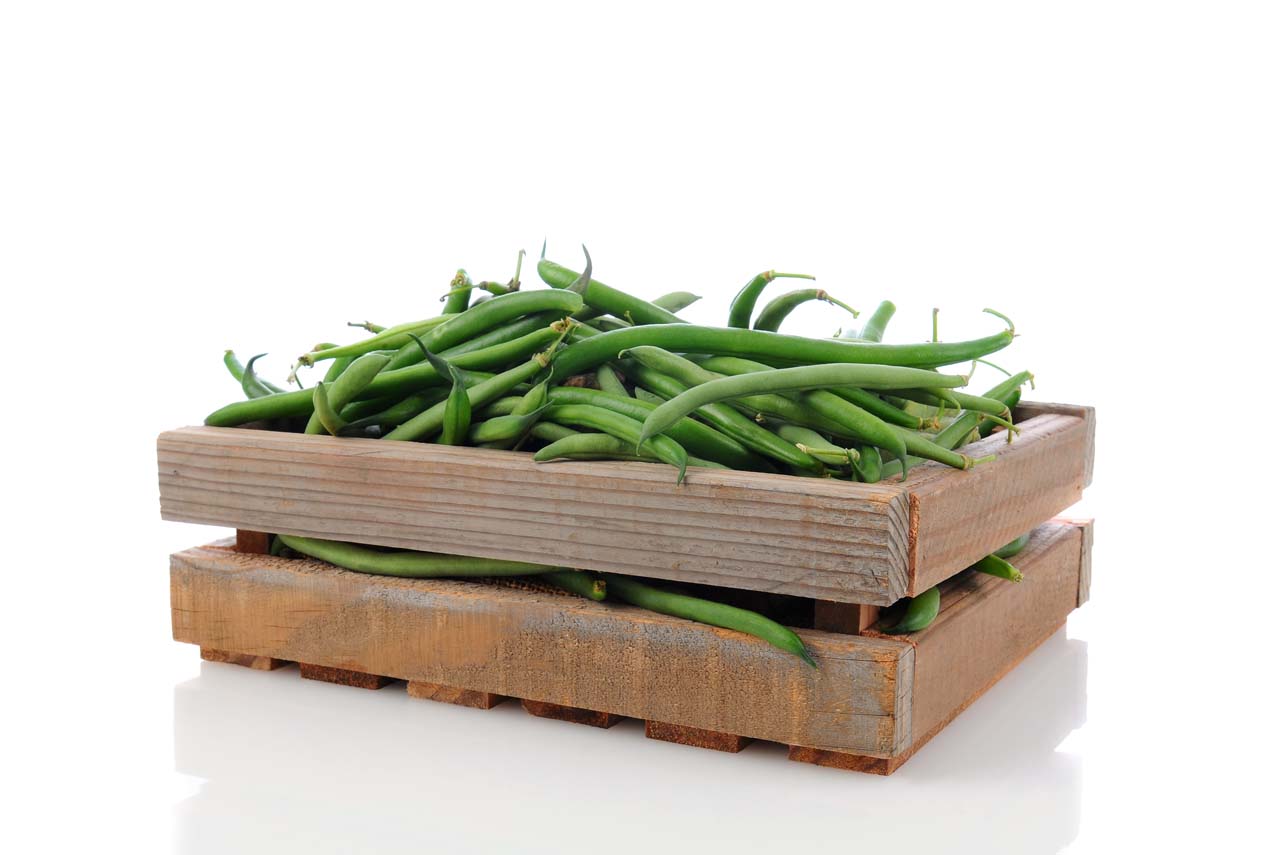Farm Gate to Restaurant Door
When Bruce Enloe became a vegetarian — a brave choice for a Texan — he moved from Austin to San Francisco and became sous-chef at Millennium, a top-tier vegan restaurant. It was there that he discovered how much he loved tracking down the best local ingredients. “For me, getting to know the farmers and their food was even more fun than cooking.”
Later on, Enloe and his Canadian-born wife Nicole moved to Kemptville, Ont., and opened The Branch, a restaurant specializing in local, organic food from small farmers. Although they were seen as weirdos at first, over time The Branch became an integral part of the community, along with the Kemptville Farmers’ Market Enloe helped launch. He sold the restaurant in 2016, but remains a passionate advocate for sustainable local food as general manager at Two Rivers Food Hub in Smiths Falls, which aggregates, distributes and markets local foods to consumers, wholesalers and retailers across Lanark, Leeds and Grenville.
“Food has never been just a pay cheque for me,” he says. “It’s part of a whole value chain that includes clean farming practices.” A growing number of chefs in the region share his views, working to raise awareness of regional foods and farmers.
Canada lacks hard data, but when it comes to local food in restaurants, it’s safe to say that more diners expect local, sustainable food options — and restaurants are responding.
According to the 2016 results of Restaurants Canada’s chef survey, local food is among the top four hot trends. The 2015/16 Local Food Report from Ontario's ministry of agriculture, food and rural affairs confirms that consumer interest and restaurant participation in local food is growing and the chefs interviewed for this article observe similar patterns. “There’s a definite increase in the number of people dining out, wanting to know where the food comes from, how it was produced and where they can find it,” says Jesse Bell, head chef at The Albion Rooms.
In addition to guest interest and appreciation, the key motivators for restaurants to source local foods include superior quality and freshness and the desire of chefs and restaurateurs to support their local economy, says a study from Ryerson University’s Ted Rogers School of Hospitality and Tourism Management.
The Ottawa and Eastern Ontario regions boast thriving local food communities and structures that support close farmer-restaurant connections. As the number of vendors grows in the two regions, so do the available varieties of fresh seasonal fruits and vegetables, dairy products, meat, fish, game, poultry, grains, wines and beers. “We’re lucky to have such a wealth of high-quality food grown all around us,” says Rich Wilson, chef and co-owner of Ottawa’s Pomeroy House, which sources most of its meat and fresh produce within a 100-mile radius.
Closer ties between farmers and chefs are creating opportunities for both. “Farmers are interested in growing new things and constantly figuring out how to improve what they already grow,” notes Adam Vettorel, chef and co-owner of North & Navy. Deanna Harrington, who co-owns Olivea in Kingston, adds that some farmers grow items specifically for the restaurant and invite input on what works and what doesn’t.
Local food groups nurture these ties further. Savour Ottawa, an initiative of Ottawa Tourism, the City of Ottawa and Just Food, the Ottawa region’s food systems organization, showcases local farmers and provides official recognition of local restaurants, retailers and microprocessors who make a commitment to using local food and supporting local producers.
Despite the assets, obstacles remain. For example, although more farmers are using greenhouses and cold storage to extend the season, local food supplies dwindle in winter and early spring, making it challenging for chefs to keep their dishes seasonal and interesting while maintaining favourites on the menu.
Another issue? Dealing with a variety of local suppliers can be complicated, involving multiple orders and bills. “Especially if you’re a larger operation, it can be easier to get everything, from lettuce to cleaning fluids, from one big supplier,” says Jamie Hodges, chef and co-owner of Kingston’s Juniper Café, which sources about 80 per cent of its ingredients locally.
In addition, chefs and producers often lack the time and infrastructure to further develop their partnerships. For example, many chefs don’t have time to pick up food orders, but small farmers may not have the time or capacity to deliver. Food aggregators, including food hubs, offer solutions to some of these difficulties, although developing the necessary structures and relationships takes time.
Launched in 2015, Two Rivers Food Hub focuses on helping small farmers and microprocessors reach new markets. In addition to the hub’s buying, distributing and marketing roles, it provides cold and freezer storage to extend the season and rents out commercial-grade kitchen facilities to farmers and other small-scale processors who want to preserve their products or create new ones.
Though not technically a food hub, Wendy’s Mobile Market near Kingston is an aggregator, sourcing quality foods from more than 70 local producers, handling customer orders and delivering directly or to a drop-off point. As a result, it’s easier for customers such as Juniper Café and Olivea to learn about and support regional producers.
“Restaurants and farmers’ markets whet people’s appetite for local food and how to prepare it at home,” Enloe says. “Food hubs are the next wave, helping farmers scale up and opening the door to supplying institutions like schools and hospitals. Local food needs to become normalized instead of a niche market.”





